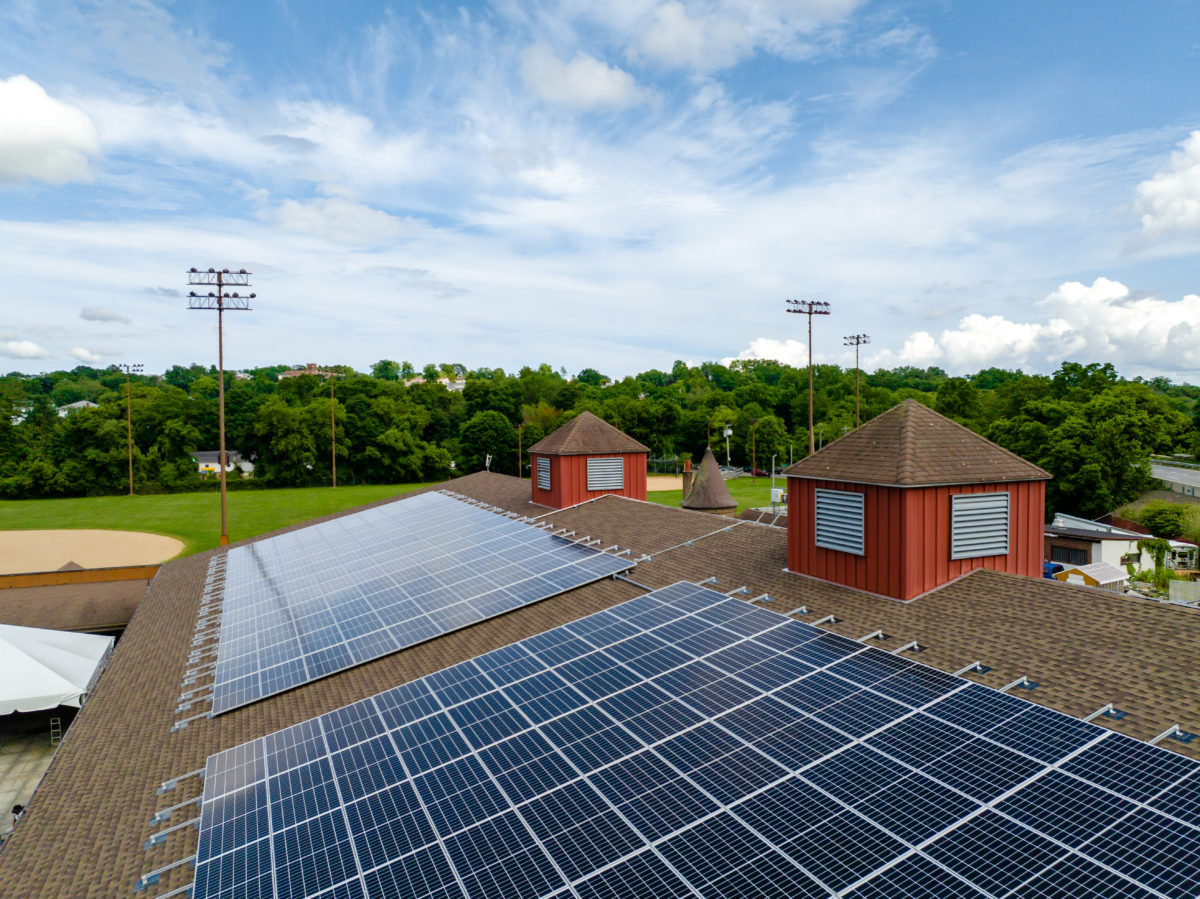Power purchase agreements (PPAs) have emerged as the go-to financing tool for commercial and industrial (C&I) solar adopters looking to avoid upfront costs and realize immediate energy savings. While the mechanics may seem complex, the core PPA value proposition is simple – install solar with no money down and pay a lower rate for clean electricity (than you pay for grid power) from day one.
On a recent webinar, leading solar financing experts Marc Palmer of Conductor Solar and Nick Perugini of Solaris Energy shared perspectives on the state of the C&I solar PPA market and best practices for executing successful deals.
According to Palmer and Perugini, the two most important criteria for a bankable PPA are 1) the ability for the customer to save money versus grid power; 2) the customer’s creditworthiness and long-term outlook; and 3) developers should focus on aligning with financing partners that have experience with similar project profiles in terms of size, location and offtaker type. Each investor has requirements and preferences for where they invest and how aggressively. The right fit can make the difference between the project getting built or stopping in its tracks.
Customer criteria for C&I PPAs:
- Customer savings
- Customer credit
- Finding the right investor
Minimum PPA project sizes vary by financier, but typically start around 150-200 kW, with multi-site portfolios enabling even smaller projects to transact. On the large end of the C&I spectrum, virtually any project size is viable in today’s market. Across the U.S., projects from 20 kW to 20+ MW are getting funded, spanning everything between residential and utility scale.
PPA project sizes | |
| 20 – 200 kW: | Small projects, may need to aggregate |
| 200 kW – 2 MW: | Doable one by one with the right financier |
| 2 MW +: | Often highly viable with the right financier |
Palmer and Perugini stress the importance of engaging experienced and reputable financing partners early. Developers and EPCs should seek indicative PPA pricing to gauge customer interest, then work with financiers to firm up deal parameters and responsibilities, including project diligence and financing requirements. Detailed project modeling and a competitive process can take a few weeks. But they help all parties align from the start, prevent miscommunication, and avoid surprises later on.
For solar developers and installers new to PPAs, the experts also emphasized taking advantage of available modeling tools to assess project viability and listening to customer priorities for cues about financing preferences. Many customers benefit from an informed walk through of purchase and PPA alternatives.

Solar PPA Project Lifecycle (Graphic: Conductor Solar)
2023 was a banner year for C&I solar, with the segment installing 1.8 GW according to Wood Mackenzie and SEIA, up 19% from 2022 and the most since 2017. California led the pack, accounting for 35% of C&I deployment and doubling its typical installation volumes in Q4 as projects raced to lock in favorable net metering rates before switching to a new regime. Looking ahead, C&I solar is poised for continued expansion. Wood Mackenzie forecasts 12% average annual growth through 2028 as improving economics, corporate clean energy goals, and policies like tax credits and state-level incentives support demand.
As the C&I solar market expands, partnerships and platforms like Conductor Solar can help developers efficiently source PPA financing and benchmarking, streamlining the path to completed projects. With the right approach, PPAs offer an attractive way to bring more clean energy online while delivering tangible economic and environmental benefits for all stakeholders involved.
The views and opinions expressed in this article are the author’s own, and do not necessarily reflect those held by pv magazine.
This content is protected by copyright and may not be reused. If you want to cooperate with us and would like to reuse some of our content, please contact: editors@pv-magazine.com.








By submitting this form you agree to pv magazine using your data for the purposes of publishing your comment.
Your personal data will only be disclosed or otherwise transmitted to third parties for the purposes of spam filtering or if this is necessary for technical maintenance of the website. Any other transfer to third parties will not take place unless this is justified on the basis of applicable data protection regulations or if pv magazine is legally obliged to do so.
You may revoke this consent at any time with effect for the future, in which case your personal data will be deleted immediately. Otherwise, your data will be deleted if pv magazine has processed your request or the purpose of data storage is fulfilled.
Further information on data privacy can be found in our Data Protection Policy.